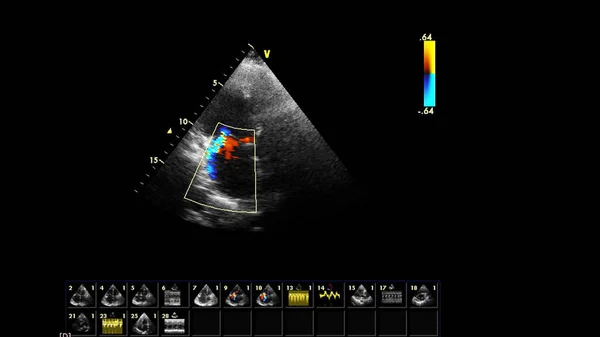A transoesophageal echocardiogram (TEE) is a medical procedure using a specialised ultrasound probe inserted into the oesophagus (your food pipe) to obtain detailed heart images. It provides healthcare professionals with a clearer view of cardiac structures, aiding in assessing function and detecting abnormalities.
What Is a Transoesophageal Echocardiogram?
A transoesophageal echocardiogram (TEE) is a diagnostic imaging procedure used to obtain detailed heart images by inserting a specialised ultrasound probe into the oesophagus. This allows for a closer and clearer view of cardiac structures, providing valuable information about the heart’s anatomy, function, and blood flow as well as to detect abnormalities of structures within the heart.
Who Needs Transoesophageal Echocardiogram?
A TOE is typically recommended for individuals who require a more detailed assessment of the heart, such as those with suspected heart valve disorders, blood clots in the heart, or infections affecting cardiac structures. It is commonly used in surgical planning for certain heart procedures and provides crucial information when traditional echocardiograms may be limited.
How Do I Prepare For Transoesophageal Echocardiogram?
Typically, fasting for a few hours before the procedure is required. Inform your doctor about your medical history particularly history of gastric disorders, and any allergies or medications you’re taking. On the day of the TEE, wear comfortable clothing and avoid using lotions or oils.
What Happens During Transoesophageal Echocardiogram?
During a TOE, you will be given a mild sedative to help you relax. The procedure is conducted in a specialised room equipped with imaging technology. The back of your throat will be sprayed with a local anaesthetic. When your throat is numb, a small ultrasound probe is inserted through the mouth and into the oesophagus, providing a closer view of the heart. Images are obtained, and the procedure usually takes 30-60 minutes. Vital signs are monitored throughout for safety.
What Happens After a Transoesophageal Echocardiogram?
Following a TOE, you will be observed for a brief period to ensure there are no immediate complications. Avoid eating or drinking while your throat is numb. Your throat may be a little sore after the local anaesthetic wears off, this should improve over the next 1 to 2 days. Most individuals can resume normal activities the same day, but it’s advisable to have someone accompany you home if sedation was used. Your doctor will discuss the preliminary findings with you and provide further guidance or recommendations based on the TOE results.
What are the Risks of Undergoing Transoesophageal Echocardiogram?
Transoesophageal echocardiograms (TEEs) are generally safe, but potential risks include a temporary sore throat and, in some cases, mild nausea or vomiting after the procedure. There is a slight risk of aspiration, mainly if you have eaten shortly before the TEE. Rare complications may include irregular heartbeats or breathing difficulties, especially in individuals with pre-existing heart or lung conditions, and injury to the oral cavity or food pipe.






